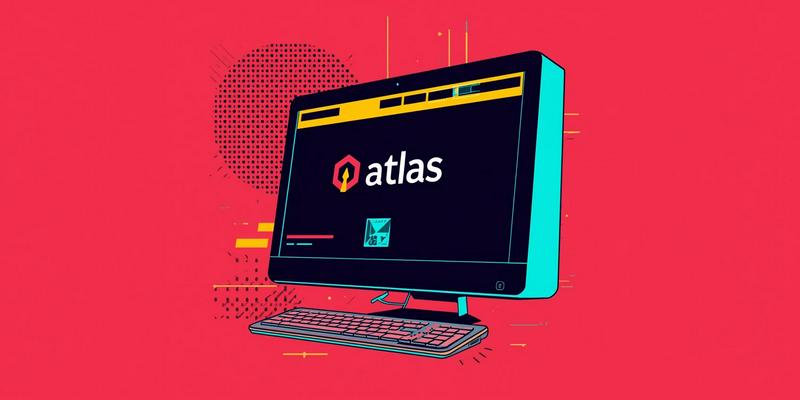Topics

Spotify Teams Up with Music Labels for 'Responsible' AI Music InnovationsSpotify collaborates with major music labels like Sony and Warner to form a generative AI research lab, aiming to create responsible AI tools that enhance artist-fan interactions and provide new revenue streams while ensuring fair compensation.

Traffic Decline on Wikipedia Attributed to AI Search Summaries and Social Media VideosWikipedia faces an 8% decline in user engagement due to AI search summaries and social media videos, impacting user visits and content contribution. Marshall Miller underscores the importance of promoting direct visits to Wikipedia to sustain its mission and volunteer support.









